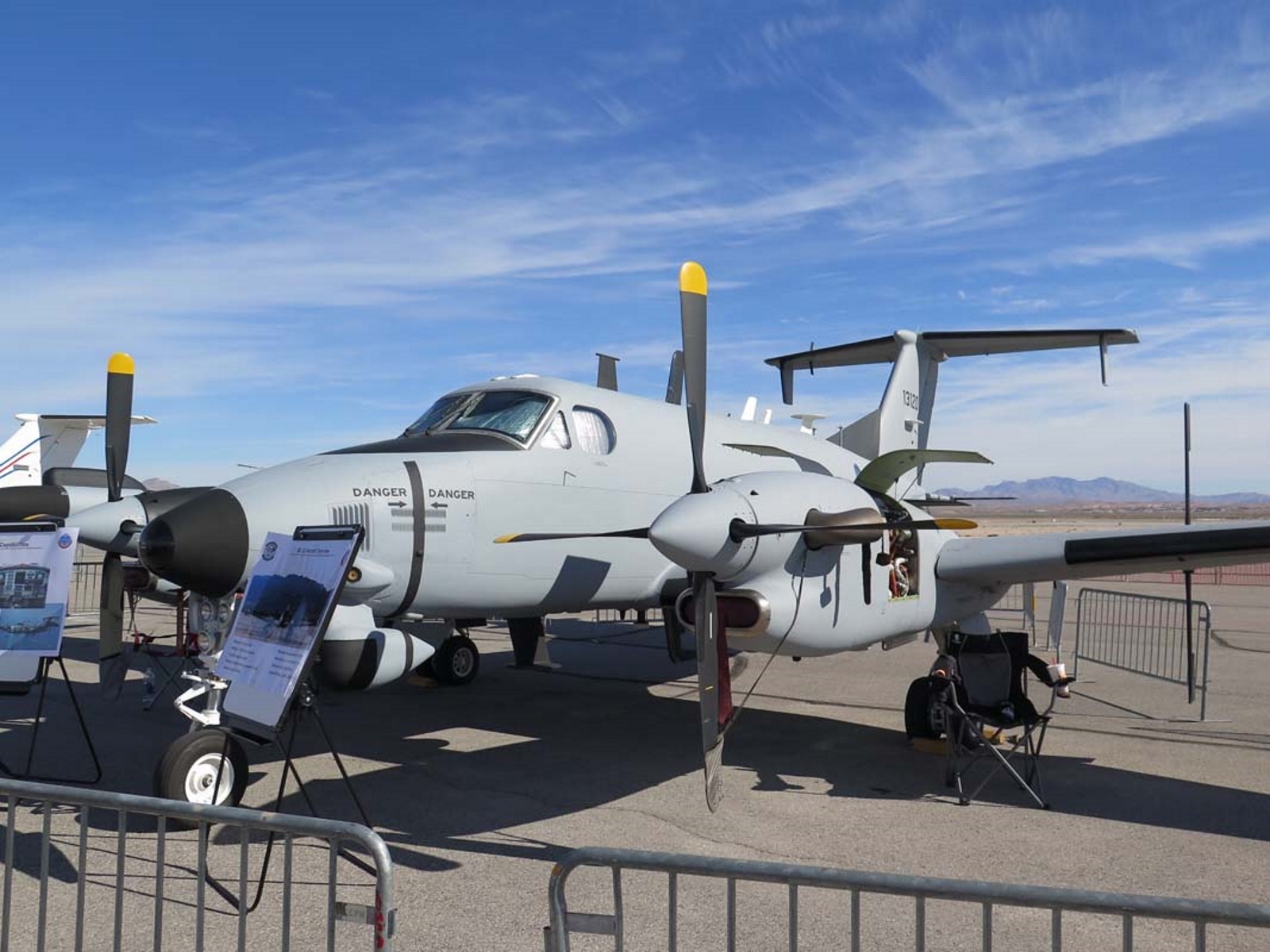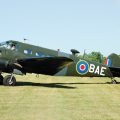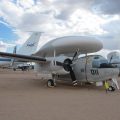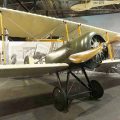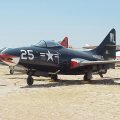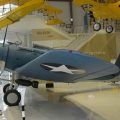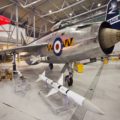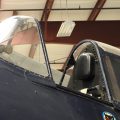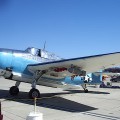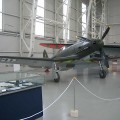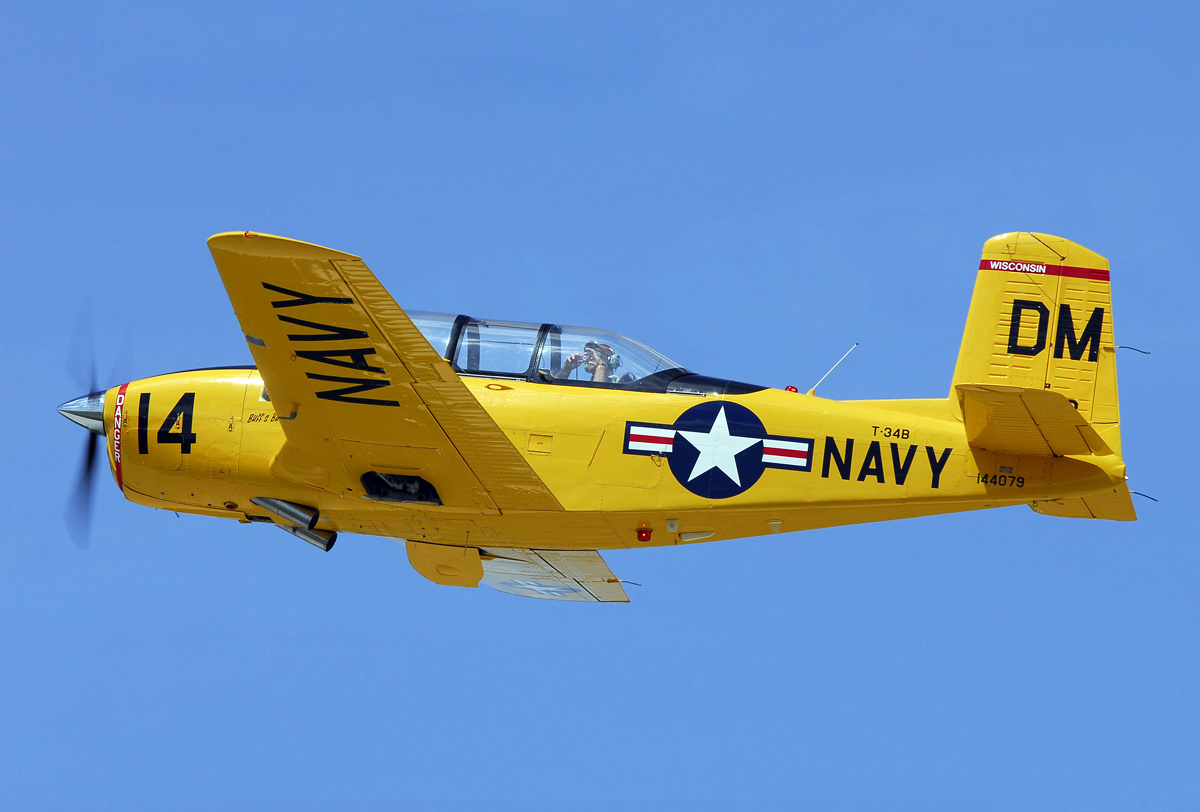
"Beechcraft T-34 Mentor" | |
|---|---|
| Šalies | Jav |
| Vaidmenį | Instruktorių orlaiviai |
| Laikotarpį | 1953-1959 & 1975–199 |
| Pastatytas | 2300+ |
2007 "Beechcraft T-34 Mentor" yra amerikiečių propeleriu varomas, vieno variklio, karinis mokomasis orlaivis, pagamintas iš "Beechcraft Model 35 Bonanza". Ankstesnės T-34 versijos, datuojamos maždaug nuo 1940-ųjų pabaigos iki 1950-ųjų, buvo varomos stūmokliniais varikliais. Galiausiai juos pakeitė atnaujintas "T-34C Turbo-Mentor", varomas turbopropeleriniu varikliu. T-34 tebėra eksploatuojamas praėjus daugiau nei šešiems dešimtmečiams po to, kai jis buvo pirmą kartą suprojektuotas.
Šaltinis: "Beechcraft T-34 Mentor" wiki
| "Beechcraft T-34C Turbo-Mentor" vaikšto aplink | |
|---|---|
| Fotografas | Vladimiras Yakubovas |
| Lokalizavimo | Beale AFB oro šou |
| Nuotraukos | 106 |
Susiję rinkiniai:
Raskite rinkinius "eBay":
The Beechcraft T-34 Mentor is a propeller-driven, single-engine, military trainer aircraft derived from the Beechcraft Model 35 Bonanza. The earlier versions of the T-34, dating from around the late 1940s to the 1950s, were piston-engined. These were eventually succeeded by the upgraded T-34C Turbo-Mentor, powered by a turboprop engine. The T-34 remains in service more than six decades after it was first designed.
The T-34 was the brainchild of Walter Beech, who developed it as the Beechcraft Model 45 private venture at a time when there was no defense budget for a new trainer model. He built it with the assistance of his wife Olive Ann Beech and their friend and colleague Ted Wells. The first flight of the Model 45 prototype took place on December 2, 1948. It was designed to be an economical alternative to the North American T-6 Texan, which was widely used by the U.S. military and other countries as an advanced trainer.
The Model 45 was initially rejected by the U.S. Air Force when it was offered to them in response to their requirement for a new trainer in 1950. However, the U.S. Navy was more interested and ordered three prototypes, designated YT-34. A long series of test flights followed, demonstrating that the aircraft met all the Navy’s requirements. In 1953, the Navy ordered production of the T-34A Mentor, based on a revised version of the Model 45.
The T-34A was used to train thousands of Navy and Marine Corps pilots until the early 1970s. It was also exported to several countries, including Argentina, Canada, Japan, Peru, and Venezuela. The Air Force eventually adopted its own version of the Mentor, designated T-34B, which differed from the Navy model mainly in having a single-piece canopy and a different propeller.
The demand for an improved Mentor led to the development of the T-34C Turbo-Mentor in 1973. This version featured a Pratt & Whitney Canada PT6A-25 turboprop engine, a larger four-blade propeller, improved avionics, and increased fuel capacity. The T-34C was mainly used by the Navy and Marine Corps for primary and intermediate training until it was replaced by the T-6 Texan II in 2009. It was also used by other countries such as Greece, Indonesia, Morocco, and Turkey.
The T-34 Mentor has been praised for its performance, reliability, and durability. It has also been popular among civilian pilots as a sport plane and an aerobatic aircraft. Several Mentors have been modified for air racing or air show demonstrations. The T-34 Association is an organization that promotes the preservation and enjoyment of the T-34 Mentor.
Views : 3268
